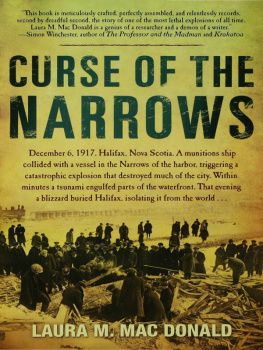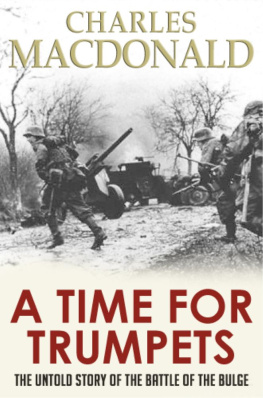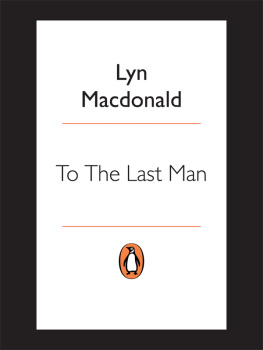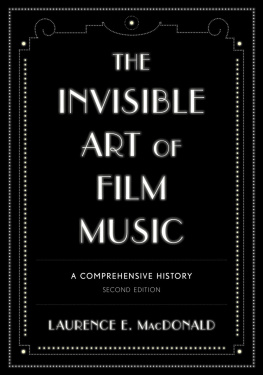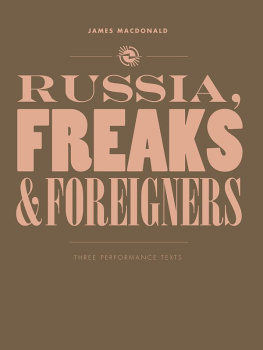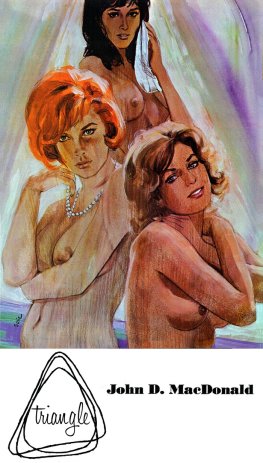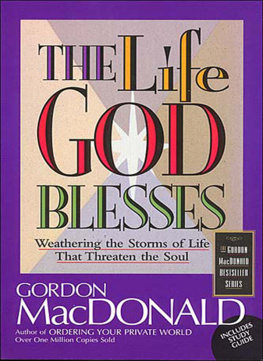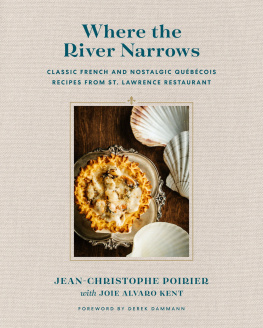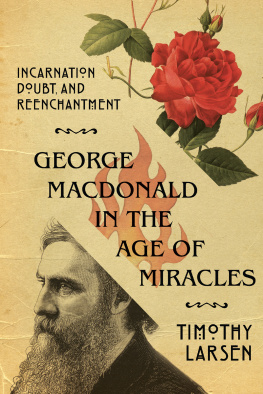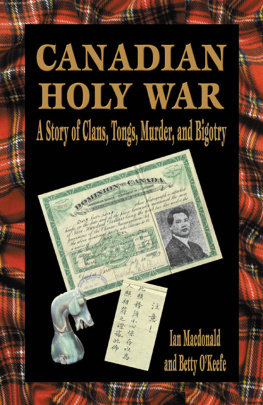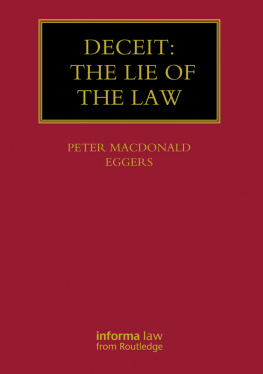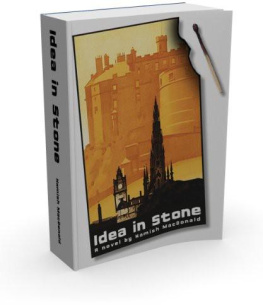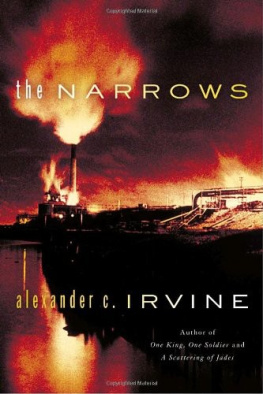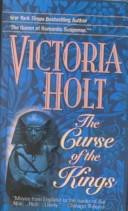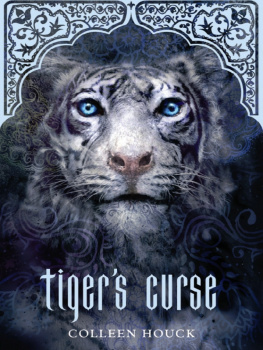MacDonald - Curse of the Narrows
Here you can read online MacDonald - Curse of the Narrows full text of the book (entire story) in english for free. Download pdf and epub, get meaning, cover and reviews about this ebook. year: 2009, publisher: Bloomsbury Publishing Plc, genre: Adventure. Description of the work, (preface) as well as reviews are available. Best literature library LitArk.com created for fans of good reading and offers a wide selection of genres:
Romance novel
Science fiction
Adventure
Detective
Science
History
Home and family
Prose
Art
Politics
Computer
Non-fiction
Religion
Business
Children
Humor
Choose a favorite category and find really read worthwhile books. Enjoy immersion in the world of imagination, feel the emotions of the characters or learn something new for yourself, make an fascinating discovery.
Curse of the Narrows: summary, description and annotation
We offer to read an annotation, description, summary or preface (depends on what the author of the book "Curse of the Narrows" wrote himself). If you haven't found the necessary information about the book — write in the comments, we will try to find it.
Curse of the Narrows — read online for free the complete book (whole text) full work
Below is the text of the book, divided by pages. System saving the place of the last page read, allows you to conveniently read the book "Curse of the Narrows" online for free, without having to search again every time where you left off. Put a bookmark, and you can go to the page where you finished reading at any time.
Font size:
Interval:
Bookmark:
Curse of the
Narrows

Curse of the
Narrows
Laura M. Mac Donald

Copyright 2003 by Laura M. Mac Donald
All rights reserved. No part of this book may be used or reproduced in any manner whatsoever without written permission from the publisher except in the case of brief quotations embodied in critical articles or reviews. For information address Walker &c Company, 104 Fifth Avenue, New York, New York 10011.
Art credits
Title page image: PANS. PANS/NSRAM.
Maritime Museum of the Atlantic.
The Archives of the City of Toronto. The Duggan family.
The Dalhousie University Archives, Killam Memorial Library. Archives of the American Red Cross. Boston Public Library.
Published by Walker Publishing Company, Inc., New York Distributed to the trade by Holtzbrinck Publishers
All papers used by Walker & Company are natural, recvclable products made from wood grown in well-managed forests. The manufacturing processes conform to the environmental regulations of the countrv of origin.
The Library of Congress has cataloged the hardcover edition of this book as follows:
Mac Donald, Laura.
Curse of the Narrows / Laura M. Mac Donald.
p. cm.
Includes bibliographical references and index.
eISBN: 978-0-802-71839-6
1. Halifax Explosion, Halifax, N.S., 1917. 2. Halifax (N.S.)History20th century. 3. ExplosionsNova ScotiaHalifax History20th century. 4. Mont Blanc (Freighter). 5. Imo (Steamer). 6. Halifax (N.S.) Biography. I. Title.
F1039.5.H17M33 2005
971.6'225dc22
2005044255
First published in the United States by Walker & Company in 2005
This paperback edition published in 2006
Visit Walker & Company's Web site at www.walkerbooks.com
1 3 5 7 9 10 8 6 4 2
Book design by Ralph. L. Fowler
Typeset by Westchester Book Group
Printed in the United States of America by Quebecor World Fairfield
For my mother, Dolly
Each December the people of Boston gather to witness the
annual lighting of the Christmas tree. Some of them probably do not
know why the people of Halifax send a tree every year or even that it is a
gift from Nova Scotia. No one needs to know the story behind a tree
to admire its beauty. But the people of Halifax know where
it comes from and they remember the story.
A Word on Geography and Place Names
When I grew up, many Dartmouthians called the region Dartmouth-Halifax. Haligonians, as people from Halifax are known, called it Halifax-Dartmouth. In 1994 the two cities and much of the surrounding region amalgamated under the name of Halifax Regional Municipality (HRM). That did little to quell the burning fire of independence in every Dart-mouthian's heart. I am sad to admit that I often failed to find a way to distinguish the two cities when writing but ended up putting my faith in the universal experience. If it is any consolation, there are a lot of people in New Jersey and Anaheim and Oakland who share our pain. I encourage them to appoint historians the minute anything interesting happens.
Regarding the North End: The neighborhood of Richmond began at North Street and ended at Africville. It was named after the Richmond Wharf, where sugar from Richmond, Virginia, was loaded not far from where the Mont Blanc exploded. In 1917, the neighborhood's main throughfare and only tramline was on Campbell Road, which along with Pleasant and Lock-man Streets was in the midst of being incorporated into Barrington Street, creating one long street that ran from the southern tip of the city all the way north, parallel to the shoreline. To help retain the distinction between Richmond, where the worst damage occurred, and the rest of the city for readers unfamiliar with the city, I have chosen to use Campbell Road. There is also some confusion about the North End. In 1917 the North End referred only to streets north of North Street. Sometime after the explosion it became common practice to refer to everything north of the Citadel or Cogswell Street as the North End. I was also surprised to discover that at the time Halifax Harbour was often spelled Halifax Harbor. I have cleverly avoided arguments between my American publisher and my Canadian publisher, as well as with my family and fellow HRM-ers, by never referring to the harbor by its proper name except in the following sentence. It is now, and in my heart shall forever remain, Halifax Harbour.
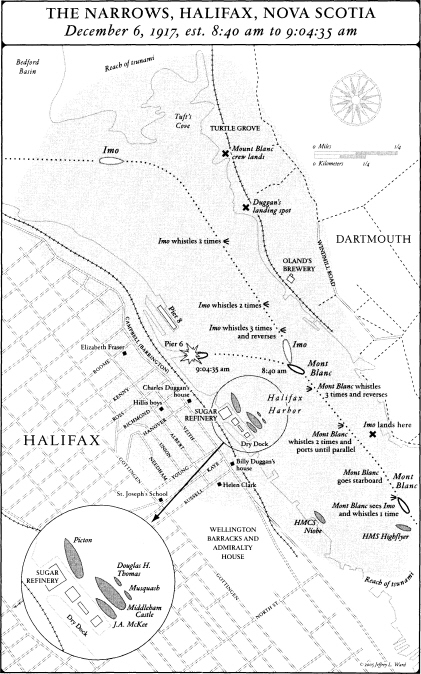
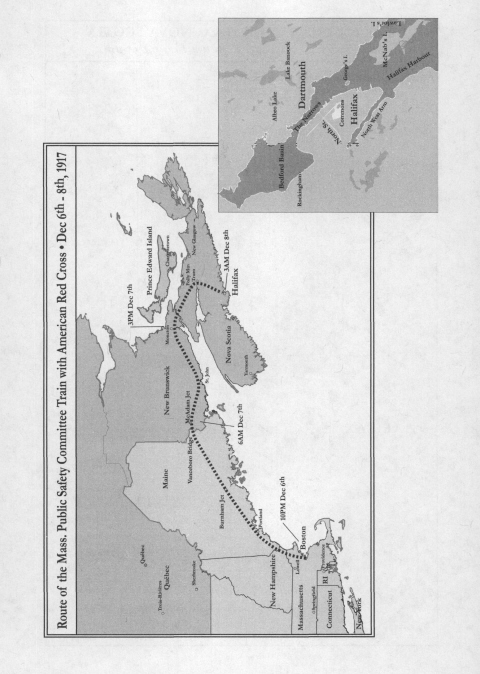
Contents
Three times a bridge over these waves shall rise,
Built by the pale face, so strong and wise,
Three times shallfall like a dying breath,
In storm, in silence, and last in death.
W HEN I WAS A CHILD growing up in Dartmouth, Nova Scotia, my father used to tell me the legend of an ancient Mi'kmaq Indian curse. The Mi'kmaqs, the original settlers along the northeastern coast stretching from Maine to Quebec to Nova Scotia, had long ago left Turtle Grove on the Dartmouth side of the harbor, but they were alive and ferocious in my childhood imagination. I was convinced that if I looked hard enough I could see the mythical angry brave of the legend fighting the tide like Cuchulain. Dartmouth and Halifax sit on hills on opposite sides of the harbor. Our house sat near the top of the Dartmouth side. Sitting in my backyard high above the harbor, I would squint my eyes at the blue-green waters past where I imagined Indians used to build their wigwams on the Dartmouth shore. On summer nights, sleeping in a tent in the backyard, my sister Jennifer, who loved to terrify us smaller children, would whisper that the brave was going to find us in our tent and slaughter us. "Listen. You can hear the sound of the drums coming closer." Then she would lower her voice. "Bomp, bomp, bomp, bomp." It had more to do with Hollywood stereotypes and white paranoia than it did with the men and women we met selling porcupine-quill boxes at GooGoo's gift shop, but we loved it.
Over the years I heard different versions of the curse, but the one I remember told the story of a brave hiding in the woods and watching as his wife waited near the shore for her lover, a British soldier stationed in Halifax. As the adulterous couple slipped away in his canoe, the husband chased them across the harbor's tapered neckthe Narrowsbefore they disappeared into the night. When he caught up to them, he avenged himself by hacking the soldier to death. With his final blow the moon came out from behind a cloud and revealed the butchered body of his wife. In despair, he cursed the white man from ever bridging the Narrows. It was one of those stories that managed to insult everybody: The wife was unfaithful; the brave a raging lunatic who could not control his emotions long enough to even kill the right person; the British soldier an imperialist buffoon who took what he wanted. But we loved to hear it. Why? Because two bridges had fallen over the Narrows and we were waiting for the third.
The first bridge collapsed in a hurricane in 1891, six years after it was built. Two years later, its replacement mysteriously fell "in silence" during a summer night and washed out to sea with the tide. The city did not build a third bridge until 1955, when they opened a handsome steel suspension bridge called the Angus L. Macdonald. Although it did not span the Narrows, but a spot closer to the outer harbor, city officials invited Mi'kmaq elders to perform a ceremony lifting the curse. Then in the late sixties the city began construction on the A. Murray MacKay Bridge, which did skirt the end of the Narrows. We waited with delicious anticipation, sure that it would collapse, but each day, it got longer and stronger until finally it opened. The first time we drove over whatfor at least the next half-century would be known as "the new bridge," my father pointed to the small cove past the anchorage.
Font size:
Interval:
Bookmark:
Similar books «Curse of the Narrows»
Look at similar books to Curse of the Narrows. We have selected literature similar in name and meaning in the hope of providing readers with more options to find new, interesting, not yet read works.
Discussion, reviews of the book Curse of the Narrows and just readers' own opinions. Leave your comments, write what you think about the work, its meaning or the main characters. Specify what exactly you liked and what you didn't like, and why you think so.

